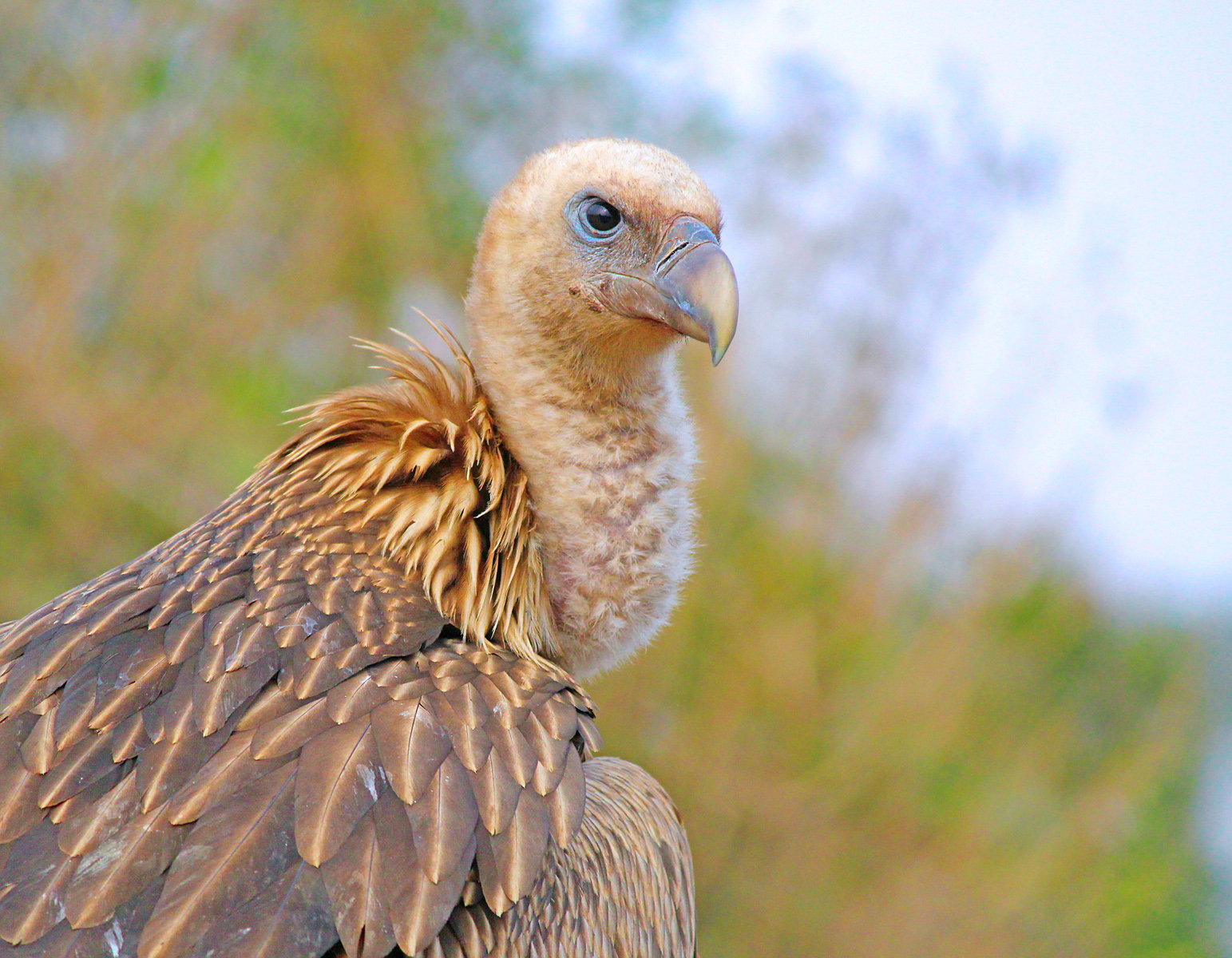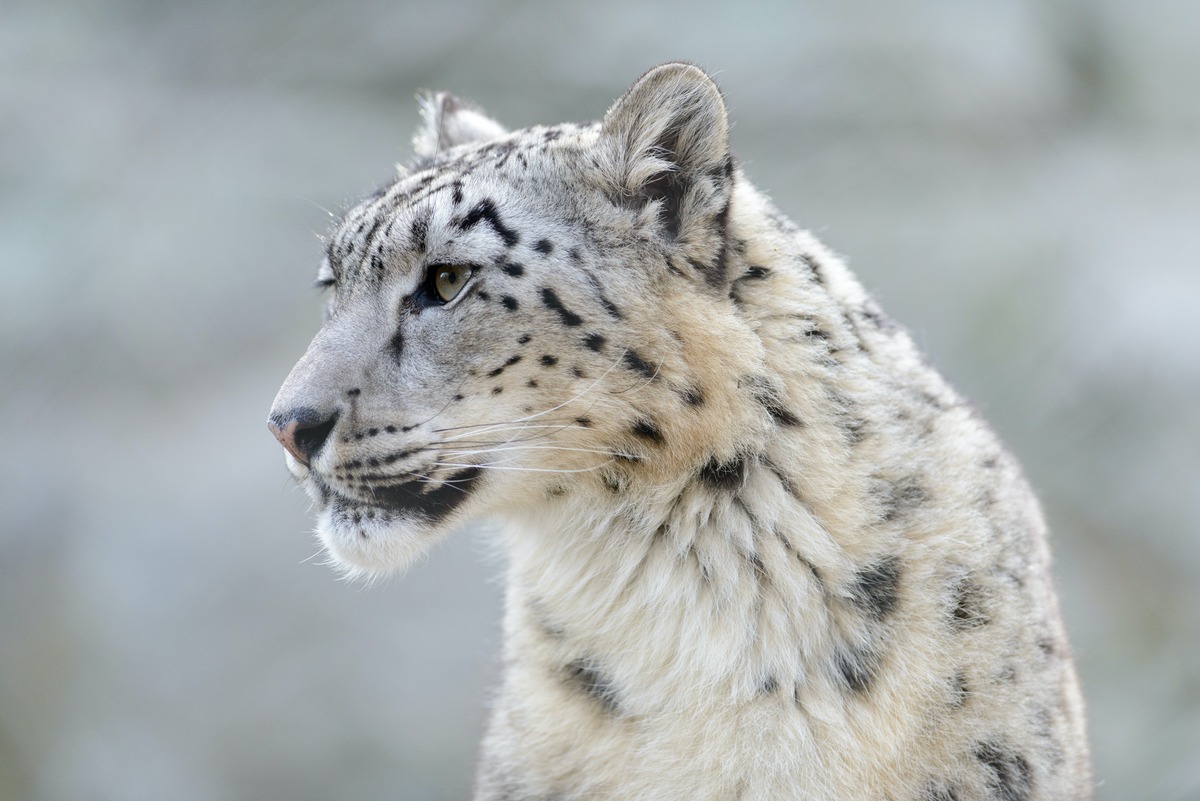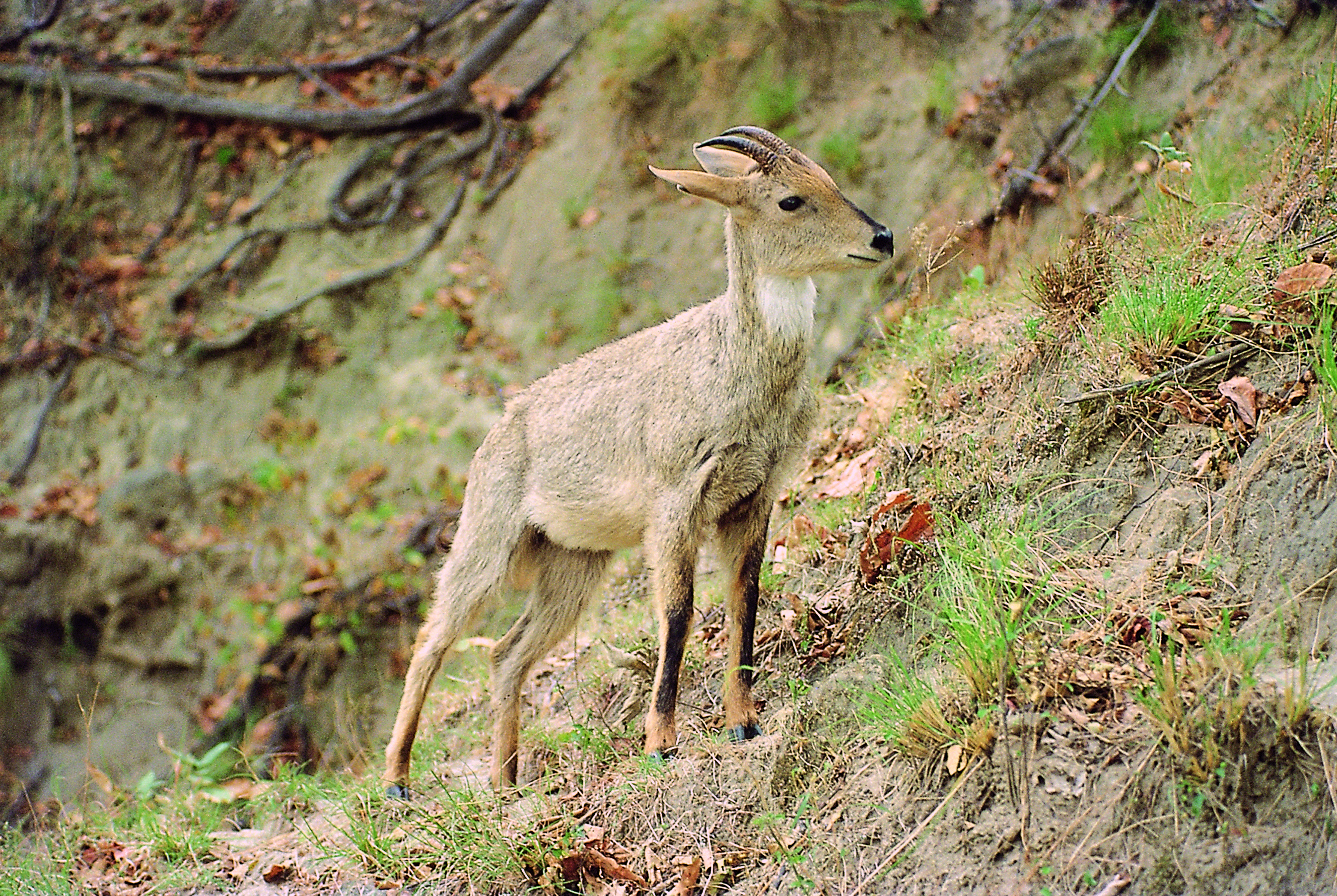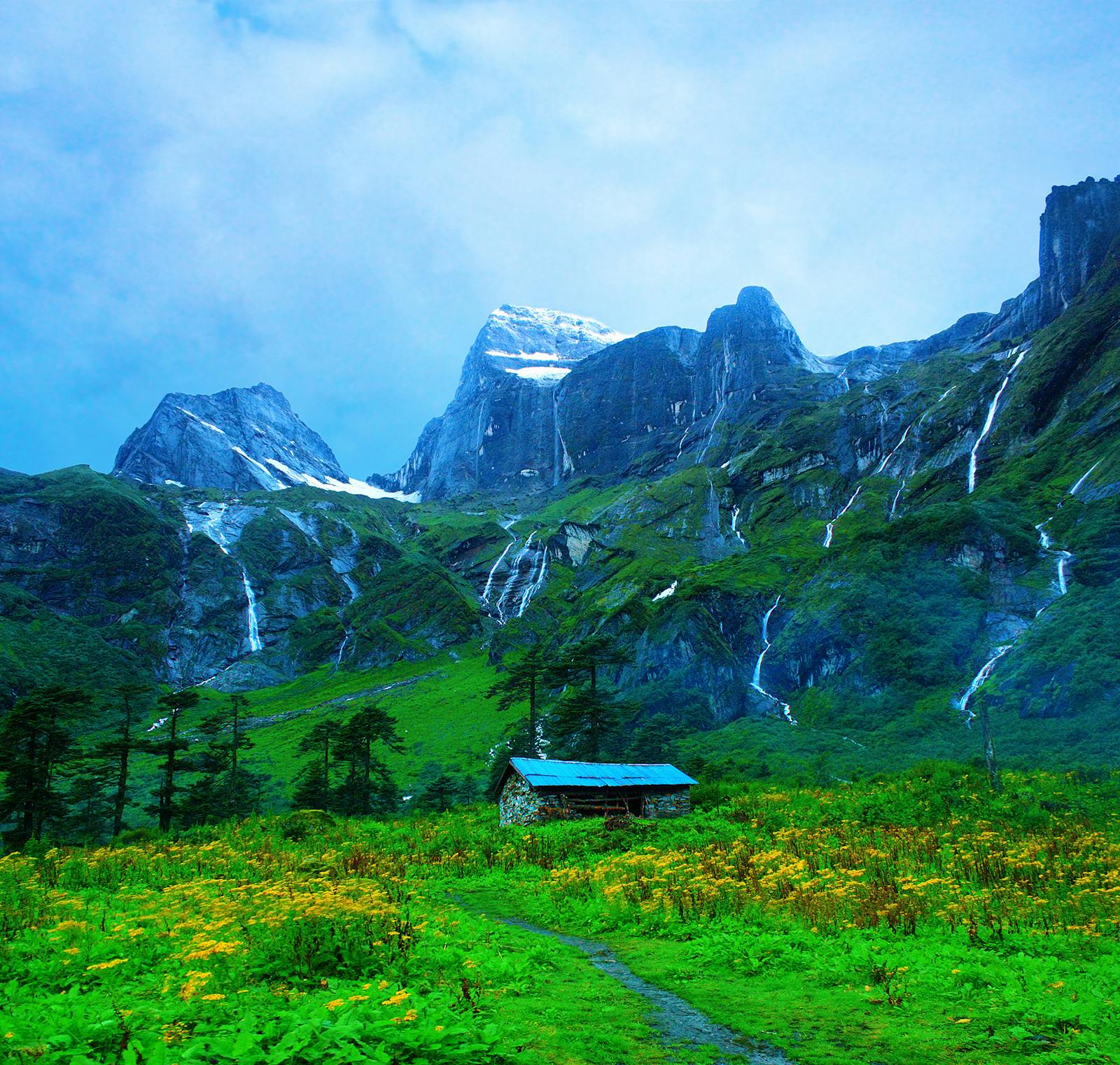Eastern Himalayan Alpine Shrub and Meadows
The ecoregion’s land area is provided in units of 1,000 hectares. The protection goal is the Global Safety Net (GSN1) area for the given ecoregion. The protection level indicates the percentage of the GSN goal that is currently protected on a scale of 0-10. N/A means data is not available at this time.
Bioregion: Tibetan-Pamir Alpine Steppes, Shrublands & Mountain Forests (PA41)
Realm: Eastern Eurasia
Ecoregion Size (1000 ha):
12,146
Ecoregion ID:
751
Protection Goal:
46%
Protection Level:
8
States: China, India, Nepal, Bhutan, Myanmar
This ecoregion is atop the roof of the world, surrounding the highest mountain peaks on Earth; Everest—locally known as Sagarmatha—Makalu, Dhaulagiri, and Jomalhari. During spring, the alpine meadows and shrublands explode in a rich floral display of blue, purple, yellow, pink, and red. Scattered amidst the alpine herbs, the bright yellow flower stalk of the noble rhubarb, Rheum nobile, stands tall like a beacon, visible from across the valleys of the high Himalayan slopes.

The flagship species of the Eastern Himalayan Alpine Shrub and Meadows ecoregion is the Himalayan griffon. Image credit: Creative Commons
The Eastern Himalayan Alpine Shrub and Meadows ecoregion represents the alpine scrub and meadows of the high Himalayas, from east of the Kali Gandaki River, that etched out the deepest gorge in the world through central Nepal, across the Kingdom of Bhutan and India’s Arunachal Pradesh State, to northern Myanmar. The ecoregion is narrow and long, nested between the treeline at 4,000 m and the snowline at about 5,500 m.
The Himalayas are also one of the youngest mountain ranges, being formed around 50 million years ago as a result of the collision between the northward-drifting Deccan Plateau and the northern Eurasian continent. The Deccan Plateau pushed beneath Eurasia raised it from beneath the ancient Tethys Sea.

Snow leopard. Image credit: Eric Kilby, Creative Commons
The climate is highly seasonal. The May to September monsoon brings about 3,500 mm of rainfall. But the complex topography creates rainshadows that can receive about a tenth of that, causing localized climatic variations. The north-facing slopes are less exposed to sunlight and cooler. Average summer temperature is about 20°C, dropping to below freezing in the winter, but there is considerable variation through the year and across the ecoregion.
The ecoregion is extremely rich in plants. Over 7,000 species have been recorded, comparable in number to the famous rainforests of Borneo. Endemism hotspots lie scattered through the ecoregion. Arenaria bryophylla, a small, tufted plant with small, stalkless flowers holds the record for the highest-elevation growing plant in the world, at 6,180 m. Other characteristic plants include Rhododendron, and herbs such as Primula, Impatiens, Draba, Anemone, Gentiana, Meconopsis, Saxifraga, and Viola, just to name a few.

Goral. Image credit: A J T Johnsingh, Creative Commons
The fauna is also rich, including several large vertebrates such as the mystical snow leopard, which roams the high-altitude meadows and preys on blue sheep; Himalayan tahr; and the formidable takin. Large avian predators such as the lammergeier, Himalayan griffon, and black eagle, soar among the peaks searching for smaller prey. Overall, about 100 mammal species are known from the ecoregion, but this is probably a conservative estimate. Over 115 bird species are known in this ecoregion, including partridges, tragopans, and the large griffons.
The ecoregion has several large protected areas, including some that are well-known—Annapurna, Makalu-Barun, Sagarmatha, Jigme Dorgi, and Sakteng. But these are also used by people, especially for grazing livestock such as yak and sheep. The herd sizes are increasing, and overgrazing is degrading the ecologically sensitive alpine habitats. Livestock also displace the wild prey of snow leopards and Himalayan wolves, resulting in livestock depredation and prompting herders to retaliate and kill these alpine carnivores. The ecoregion is also vulnerable to climate change.
Thus, the priority conservation actions should be to: 1) decrease livestock numbers and regulate grazing to stop degradation of alpine meadows and shrublands; 2) identify and set aside core areas in protected areas where grazing is disallowed, as refugia for wild grazers; and, 3) develop climate adaptation strategies including for land use.
Citations
1. CEPF. 2005. Ecosystem Profile. Eastern Himalayas Region. Prepared by WWF-US, Asia Program and BirdLife International.
2. Wikramanayake, E, E. Dinerstein, et al. 2002. Terrestrial Ecoregions of the Indo-Pacific: A Conservation Assessment. Island Press.
3. Xu, J., Grumbine, R.E., Shrestha, A., Eriksson, M., Yang, X., Wang, Y.U.N. and Wilkes, A., 2009. The melting Himalayas: cascading effects of climate change on water, biodiversity, and livelihoods. Conservation Biology, 23(3), pp.520-530.



